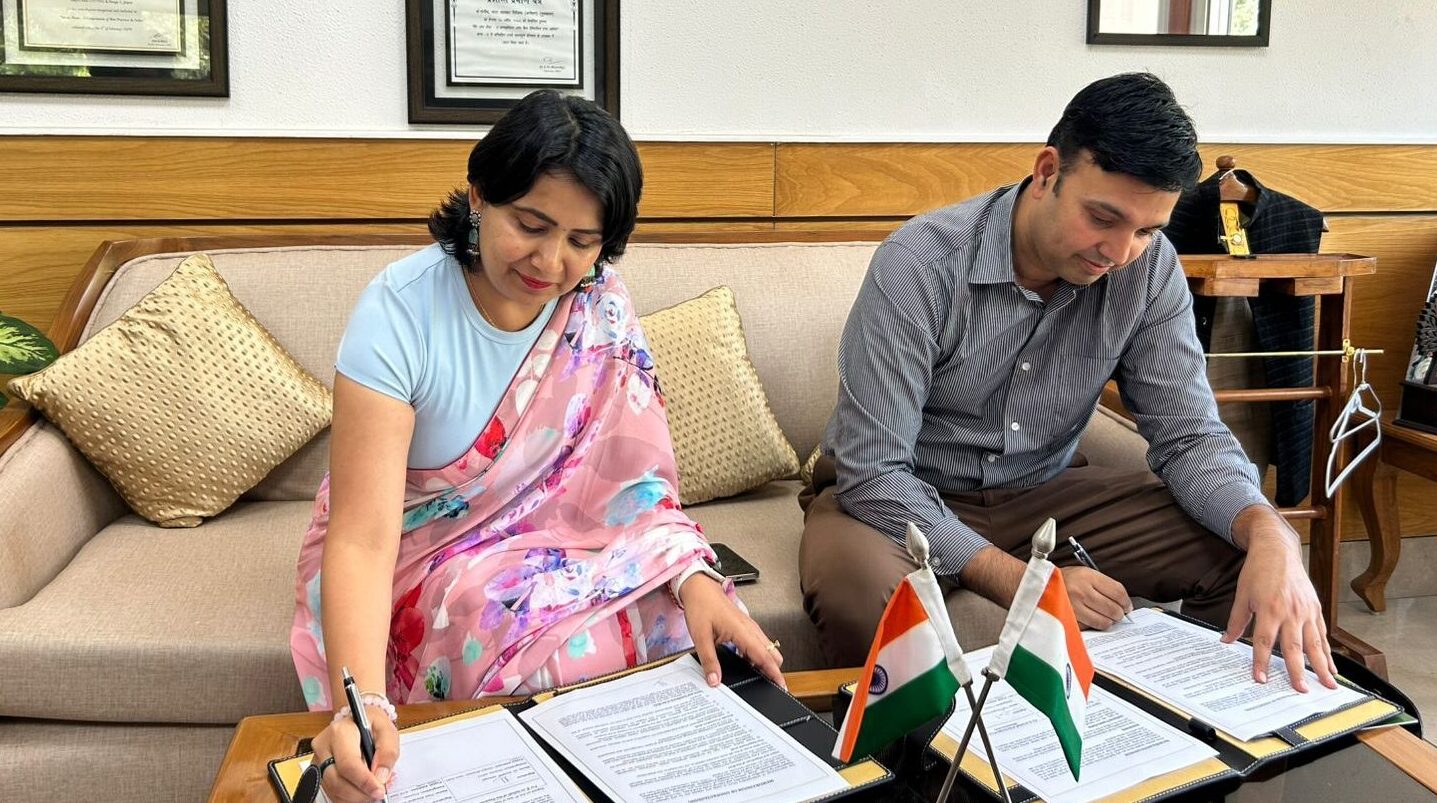India is taking a major step in modernising its rail infrastructure with the construction of the country’s first dedicated railway test track in Rajasthan. This 60-kilometre-long test facility, located between Gudha and Thathana Mithri in the Jodhpur Division’s Deedwana district, is set to revolutionise the testing of high-speed rolling stock. The project, which is expected to be completed by December 2025, marks a crucial advancement in ensuring the safety and efficiency of future train services.
Advanced testing features for high-speed trains
The test track, strategically routed through the Sambhar Lake region, is designed with various curves and gradients to simulate different operational conditions. These features will allow for rigorous testing of how trains, including bullet and high-speed models, respond when navigating curved sections at full speed. Some sections are specifically crafted for lower-speed tests, while others are tailored for high-speed trials, enabling trains to be tested at up to 230 km/h once the first phase is complete.
This dedicated track will facilitate comprehensive trials on speed, stability, and accident resistance, ensuring that rolling stock meets stringent safety standards before being used in regular service. With this facility, Indian Railways will strengthen its commitment to safe and advanced rail operations.
Project highlights and infrastructure
The ₹820 crore project, approved in two phases starting in December 2018 and November 2021, includes significant infrastructure such as seven major bridges, 129 minor bridges, and four key stations: Gudha, Jabdinagar, Nawan, and Mithadi. So far, 27 km of the track has been completed, with the entire facility expected to be operational by the end of 2025.
To accommodate high-speed testing, special RCC and steel bridges have been constructed with advanced vibration-resistant technology. This ensures that high-speed trains can be evaluated for their performance under varied conditions. The test track also features under-bridges and over-bridges built to withstand the dynamic loads of modern trains.
Comprehensive and future-proof testing
The facility will allow for the testing of various train types, including bullet trains, high-speed and semi-high-speed trains, and metro carriages. The RDSO (Research Designs and Standards Organisation) will oversee these trials, checking essential parameters such as vibration levels, stability on uneven tracks, and response during high-speed operations. The dedicated track is not only a leap forward for India but also positions the country as a potential hub for neighbouring nations to test their own rolling stock.
With a 23 km main line and additional loops, including a 13 km high-speed loop in Gudha and a 20 km curve testing loop in Mithadi, the facility is designed to address comprehensive testing needs. A unique 7 km twisty track section will assess train responses to potential track damage and uneven conditions.
A Boost for Railway safety and innovation
The absence of a dedicated test line has previously meant that train trials had to be conducted on busy operational lines, often requiring schedule changes and causing delays. The new test track will remove these constraints, enhancing the safety and efficiency of rail services. This milestone reflects Indian Railways’ commitment to adopting modern technologies and ensuring high standards in its operations.
By December 2025, India will have a state-of-the-art facility that sets new benchmarks in railway testing and safety, paving the way for an era of advanced rail transport in the country.

























